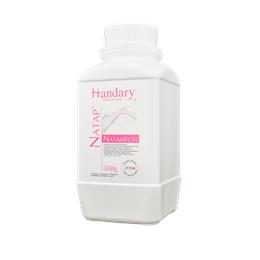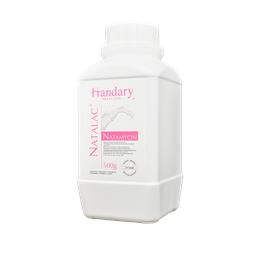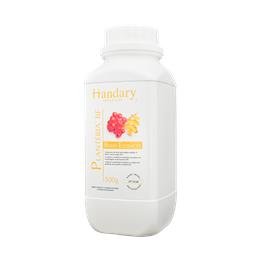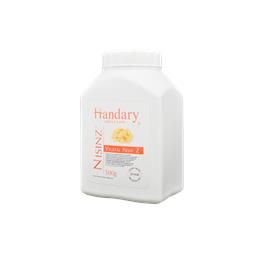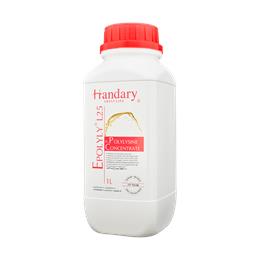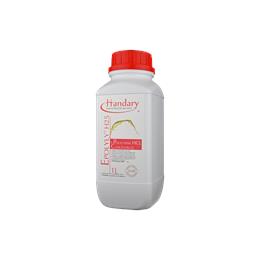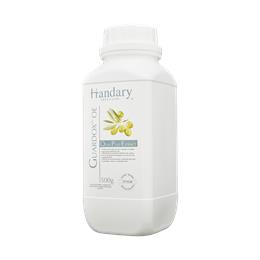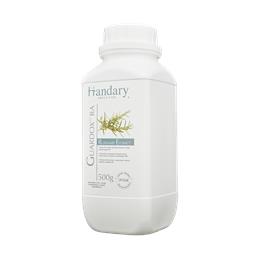Description
Margarine and butter are two common spreads used in cooking and baking. Butter is a dairy product made from the milk or cream of cows, while margarine is a non-dairy product made from vegetable oils.
Butter has a rich and creamy taste and is made by churning cream or milk until the butterfat separates from the liquid. It contains milk solids and water, which gives it a distinct flavor and texture. Butter is commonly used in cooking, baking, and as a spread on bread.
Margarine, on the other hand, is made from vegetable oils, such as soybean, canola, or sunflower oil. To create margarine, the oils are hydrogenated, a process that turns the liquid oils into a solid form. Margarine can be made to taste like butter, but it typically has a lighter, smoother texture than butter. Margarine is commonly used as a spread and in baking.
Yeasts & Molds
Yeasts and molds are types of fungi that can grow in butter and margarine under certain conditions. Like bacteria, yeasts and molds can cause spoilage and foodborne illness if they grow to high levels.
The growth of yeasts and molds in butter and margarine can be influenced by factors such as temperature, moisture, and pH. For example, high temperatures and moisture levels can promote the growth of yeast and mold in butter and margarine.
To control the growth of yeasts and molds, butter and margarine manufacturers may use preservatives and here at Handary we have several natural solutions for these applications. These preservatives can help to prevent the growth of yeasts and molds and extend the shelf life of the product.
Total Aerobic Bacteria
Both butter and margarine are susceptible to bacterial growth, which can lead to spoilage and foodborne illness.
The total aerobic bacteria count in butter and margarine can vary depending on the production process, storage conditions, and other factors. In general, butter is more susceptible to bacterial growth than margarine due to its high moisture content and the presence of milk solids. Margarine, on the other hand, is typically made from highly refined vegetable oils and is less likely to support bacterial growth.
To ensure that butter and margarine are safe to consume, manufacturers typically use a combination of heat treatment, pasteurization, and preservatives to control bacterial growth. Additionally, proper storage techniques, such as keeping the products refrigerated and in airtight containers, can help to prevent bacterial growth.
Oxidation and Off-flavors
Both butter and margarine are susceptible to oxidation, which can lead to off-flavors and other quality issues.
Oxidation is a chemical reaction that occurs when oxygen reacts with the fats in butter or margarine. This reaction can cause the fats to break down and produce off-flavors and aromas, such as rancidity. Oxidation can be accelerated by exposure to light, heat, and air, as well as by the presence of trace metals, such as copper or iron.
To prevent oxidation, butter and margarine should be stored in airtight containers in a cool, dry place away from light. Margarine manufacturers often add antioxidants to slow down oxidation and extend shelf life. Off-flavors in butter and margarine can also be caused by other factors, such as improper processing, contamination, or the use of low-quality ingredients.
 English
English 简体中文
简体中文 Français
Français Español
Español
